From completely brutal to merely unlucky, place names throughout Prague and the Czech Republic at large reveal a diverse history. Some of the meanings simply commemorate famous people or historic events, while others place names seem completely out of context, perhaps even verging on the perverse. This bizarreness can be intentional. It can also be the result of the words getting mangled over time.
Burnt Offerings, Cutthroats, and Blackthorn
Prague’s streets and districts can have quite violent origins. Na žertvách street has to have one of the more macabre names. Its root is the word žertva – burnt offering. In this place, which is near Palmovka Metro station, ancient Slavic tribes allegedly made sacrifices.
Given the country’s past, it’s unsurprising that there are street names connected to the former regime. Dvouletky street, found in Prague’s Strašnice district, is named after the two-year economic plan (dvouletý hospodářský plán) or dvouletka from 1947–48. The street is far from the only reminder of the country’s communist past. Mládež is named after the former Communist Youth Organization. Revoluce and Solidarity also recall former slogans from the past. Yet, unlike the names of communist leaders, these streets seem more tolerated.
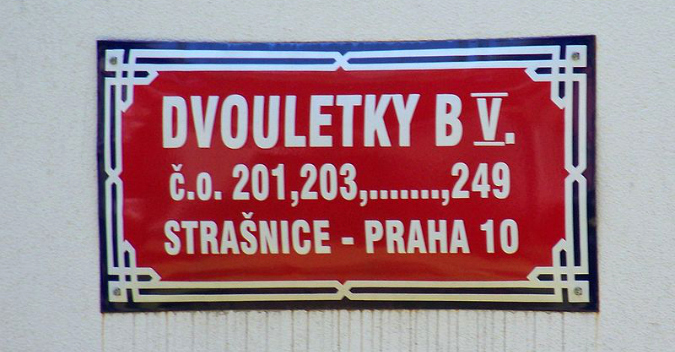
Dvouletky Street, just one among many reminders of the communist past
At the other extreme are streets named for a seemingly banal feature. K Trnkám street, in Prague 12, means ‘to the blackthorns (sloes)’ because a shrub of this fairly common plant grew here in Prague 12. You may ask yourself, “If the plant is so common, why aren’t there more places with this name?” There used to be. Eight streets in fact. Other street names born from local features include Ke Hradu (To the Castle) K Dubu (To the Oak Tree) and, my favorite because it could apply to any street, K Cíli (To the Destination).
Na Zábradlí is perhaps more famous for the theater, Divadlo Na zábradlí in Prague 1, where Václav Havel’s play “The Garden Party” made its debut. The street gets its name from a gate which was in the fortification of a now non-existent church. The fortification was demolished on the orders of Charles IV.
The expression u nás can mean everything from the immediate space around you to your home and even country. As a candidate for a street name, it is at once apt but too broad. Yet U nás is the name of a street in the Braník district. However, the origin is not geography but a novel, U nás by Alois Jirásek.
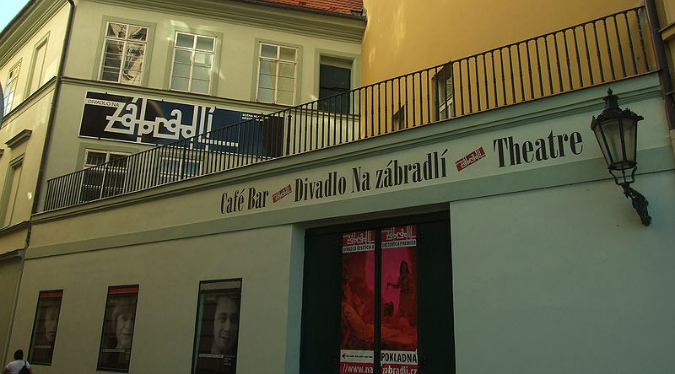
Na Zábradlí’s historical significance pre-dates Havel
As far as names for districts go, Hrdlořezy must be one of the least appealing. The Prague 9 district’s name comes from hrdlořez, which literally means cutthroat. The district got its name from a 16th-century term for the locals. It is also the name of a district in Suchdol in South Bohemia and a small town near Mladá Boleslav.
Mentioned above, Strašnice is found toward the edge of Prague. The name has in it strach, meaning fear. People who lived in this area were called Strašen, apparently in order to frighten off demons.
Twisted Histories
A number of Czech towns have strange names when taken literally. Often, the name is because the original has been changed over time.
Eš is how you say the letter š. While the name looks like a joke, it apparently comes from the German for ash-tree (Esche). The town in the Pelhřimov region can be confused with the much larger Aš. Perhaps in honor of the confusion, there is an annual bike ride of 380 km between the two towns.
Naming a town Křeč as in ‘cramp or spasm’ leads me to wonder what happened in this town down the road from Eš. However, the theory given on the town’s website suggests the name stems from the corruption of krk, the Old Slavonic word for tree stump. (As well as the modern Czech for “neck”). It may have been named after the stump left when a tree was cut down to build the house.
About 40 km south of Prague, Konopiště, Franz Ferdinand’s former hunting lodge, has its history right there in the name. Hemp (konopí) was once grown where the castle stands today. However, the uses were much more innocent. Rope, footwear and paper were all made from the plant.
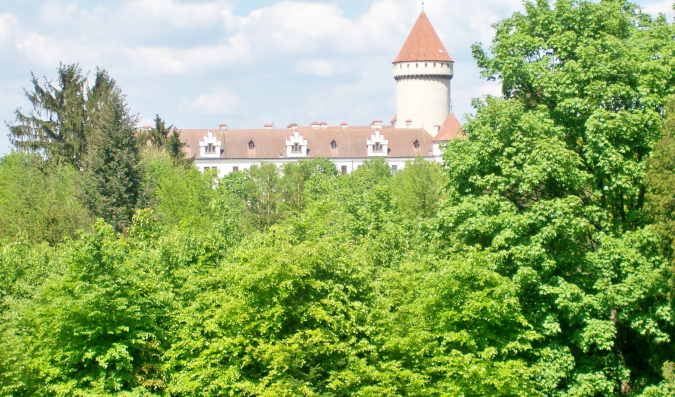
Konopiště was named for its cannabis crop
“Wet beard” sounds like the name of a lesser-known pirate, but it is the literal translation of Mokrovousy, located near Hradec Králové. According to the town’s website, the local creek had a tendency to overflow, so people were ‘wet in the village’ (mokro-ve-vsi). In the regional dialect, this sentence was pronounced as ‘mokro-vo-usi’, giving us Mokrovousy. A more amusing theory posits that the locals drank a lot of beer, so had wet beards, but surely that could apply to many towns.
How did a Czech town near the Polish border come to be named for the English word Spy? And why that name in particular? Like many town names it is a historical mystery. In the book Proč se to tak jmenuje?, it is speculated that the town’s name might derive from spí – He/she/it sleeps or is sleeping.
Třibřichy loosely means ‘three bellies’. This small town, south of Pardubice, could get its name from the physique of the former inhabitants. Or the town’s name could come from three legendary giants who lived in the area.
The origin of the name Hovězí, near the Slovakian border, is obvious, right? They must have raised cattle and honored the industry in the name: Beef. A bull even appears on the coat of arms. The website for South Moravia, however, tells three different stories. The town’s name could have derived from the Hungarian word hu – meaning “bright water”; the German word Hofwiese – which can loosely be translated as “farmland”, or from Breithof which the local residents shortened to ‘Hof’.
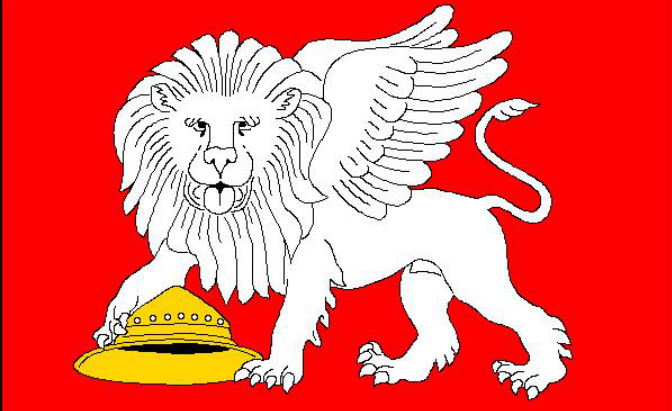
Coat of arms for Třibřichy (Three Bellies)
Our Dark Places
What brutal history can a town have that it is named Hrob (grave) or Záhrobí (from ‘behind the graves’)? Not much in the case of the northern border town Hrob. Apparently the word was most likely used for a hole where local miners threw silver and other ores. Located in the south west, Záhrobí’s name stems from an old Slavonic grave field, though the exact origin is unclear.
Onen svět, literally the next world or the afterlife, is a village in the county’s south. Its name has two possible origins. The first is that Protestants were hidden here. A second explanation is that a gallows was found here.
Envy may be a sin, but not such a shameful one to name the town Závist after it. One theory is that people envied the good soil of this Moravian town, or that the owners guarded this land jealously. The other theory suggests the name stems from the word závislost – dependence. The townsfolk depended on porters to carry their possessions up the hill on which the town stands.
Puerile Possibilities
No list would be complete without those more embarrassing translations or word roots.
Given its usefulness as fertilizer and even as building material, it is not surprising that a few places are named after manure (hnůj). Hnojník, Hnojnice, Hnojná Lhotka and Hnojné probably got their names because the material was stored here.
South of Prague in central Bohemian is the seemingly unfortunately named Pičín. The name appears to stem from a vulgar Czech word which sounds like pitcher. However, the name is just a linguistic coincidence. It comes from piscina – the Latin for fish pond.
Also south of Prague is Řitka. The names looks as though it comes from řiť, which you can look up here. The name could have developed from Řídká, which means ‘sparse’ or ‘runny’.
**
Cast your vote for funniest/strangest/grossest Czech place name here.











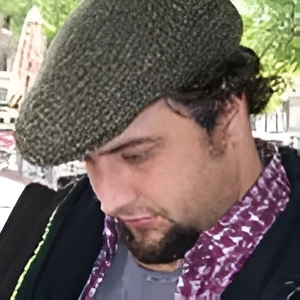
 Reading time: 6 minutes
Reading time: 6 minutes 



























